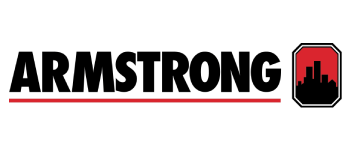Circulator Pumps Sales & Install
 Circulator or circulating pumps belong to the centrifugal pumps category and incorporate a metal volute, direct drive motor and wet-rotor cartridge design. Unlike traditional pumps, which are sized to overcome both the internal friction of water against the pipe walls and external factor of elevation height, circulating pumps are installed in pressurized systems and are sized accounting only for internal pressure drop. Powered by an external source, such as an aquastat or a switching relay, circulators have either terminal box (hardwired) connections or come with a power cord with a plug.
Circulator or circulating pumps belong to the centrifugal pumps category and incorporate a metal volute, direct drive motor and wet-rotor cartridge design. Unlike traditional pumps, which are sized to overcome both the internal friction of water against the pipe walls and external factor of elevation height, circulating pumps are installed in pressurized systems and are sized accounting only for internal pressure drop. Powered by an external source, such as an aquastat or a switching relay, circulators have either terminal box (hardwired) connections or come with a power cord with a plug.
Applications
Most common uses of circulator pumps include closed-loop boiler, hydronic or radiant heating systems and open-loop domestic hot water recirculation systems. Others include fan coils, geothermal systems, solar systems and chilled water cooling.
Among popular heating applications is zoning with circulators, where each unit is selected to meet individual zone requirements and several pumps are wired to an external control, such as a circulator switching relay, which coordinates their operation and allows for temperature control via one or series of thermostats.
Materials of Construction
- Cast Iron – a standard material of choice for closed-loop circulating applications due to low cost and good performance of cast iron in de-oxygenated water.
- Bronze – typical for open loop applications, such as hot water recirculation in a plumbing system. Bronze housing is the only one which offers sweat connection options, allowing for convenient installation in-line with a copper pipe without the need for adapters or flanges.
- Stainless Steel – material of choice for open-loop applications owing to excellent corrosion resistance and good performance of steel at high temperatures. Stainless steel circulators are gradually replacing older, heavier and more costly bronze models.
Both bronze and stainless steel circulators available are lead-free compliant and are approved for potable water applications.
Single, 3-Speed and Variable Speed Circulator Types
- Single speed circulators – are the most basic models with a fixed flow pattern at a given pressure drop in the system.
- 3-Speed circulators – come with a 3-speed switch, usually marked Hi/Med/Lo, enabling the functionality of 3 pumps in one.
- Variable speed circulators – the latest innovation in the circulating pumps industry, with automatic adjustment of pumps’ operation to match the changing conditions and requirements of the heating system.
 Sizing a circulator pump
Sizing a circulator pump
Flow output of a circulator, typically expressed in Gallons Per Minute (GPM), is determined by the heat load in the given zone or loop and other factors such as temperature drop (delta T), R-values of the insulation, etc.
Head pressure, expressed in feet of head or PSI, is calculated by combining the pressure drop across other system components in line with the pump, such as boiler itself, heat exchangers, mixing and zone valves, as well as friction loss in the piping.
The results are compared against the pump curve chart, and model is selected with head and flow parameters which are at or above the calculated numbers.
The maximum pumping height of the circulator installed in a pressurized system can be determined by the following formula:
System Pressure (in psi) x 2.31 = Elevation (in ft);
In a typical residential hot water heating system, such pressure is adequate for a 2-3 storey building.
Taco and Grundfos circulator pumps with 1/6 HP motor and below are generally used in residential applications. Models with 1/3 HP motor and above – in commercial. Flanges, unions or flange isolating valves are required to connect the piping to the circulator.
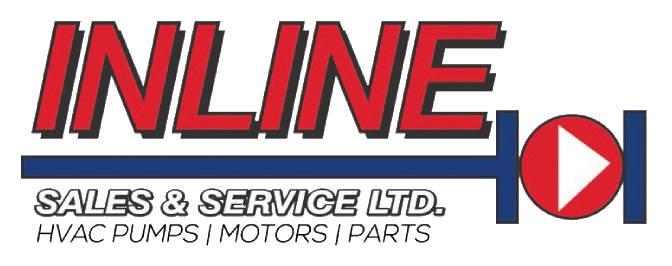
 Armstrong Pumps
Armstrong Pumps Bell & Gossett
Bell & Gossett Taco Pumps
Taco Pumps Goulds Water Technology
Goulds Water Technology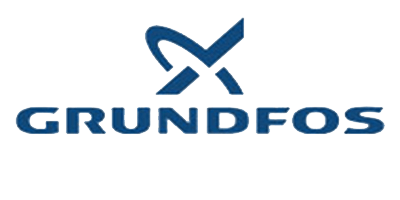 Grundfos Pumps
Grundfos Pumps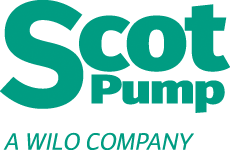 Wilo & Scot Pumps
Wilo & Scot Pumps Boilermag XT magnetic filter
Boilermag XT magnetic filter Hoffman Specialty
Hoffman Specialty John Crane
John Crane McDonnell & Miller
McDonnell & Miller Heat Exchangers
Heat Exchangers B&G Power Packs
B&G Power Packs Weg Motors
Weg Motors TechTop Motors
TechTop Motors US Motors & Nidec
US Motors & Nidec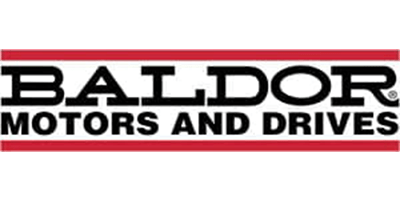 Baldor Motors
Baldor Motors SKF Motor Bearings
SKF Motor Bearings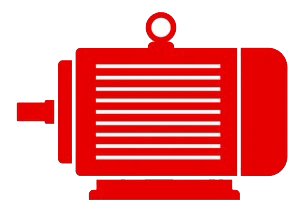 Motor Repairs
Motor Repairs




